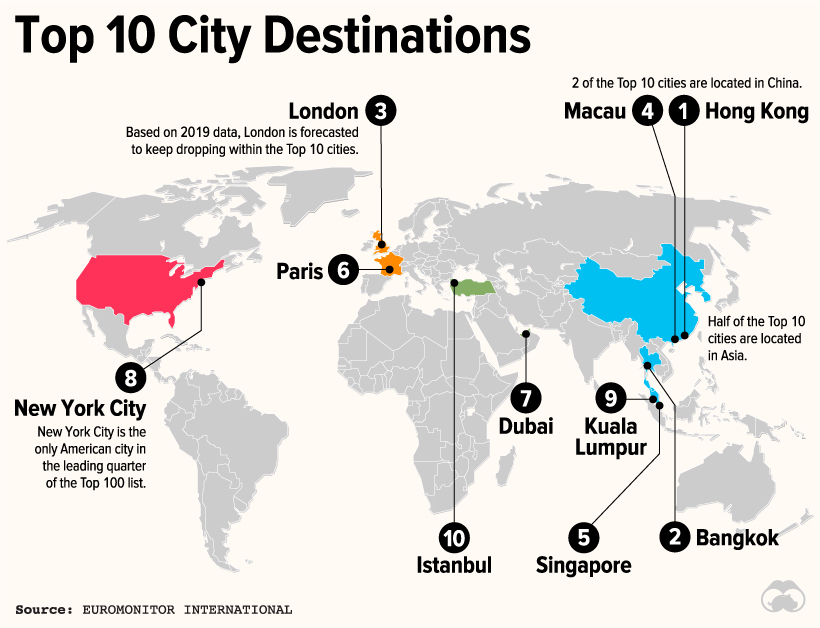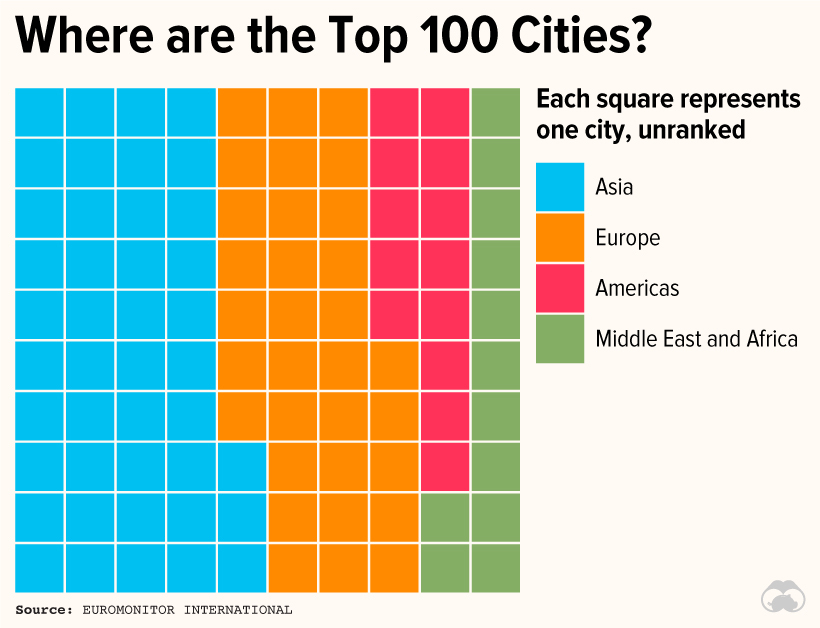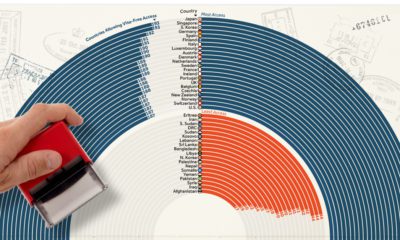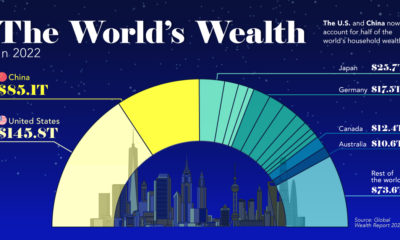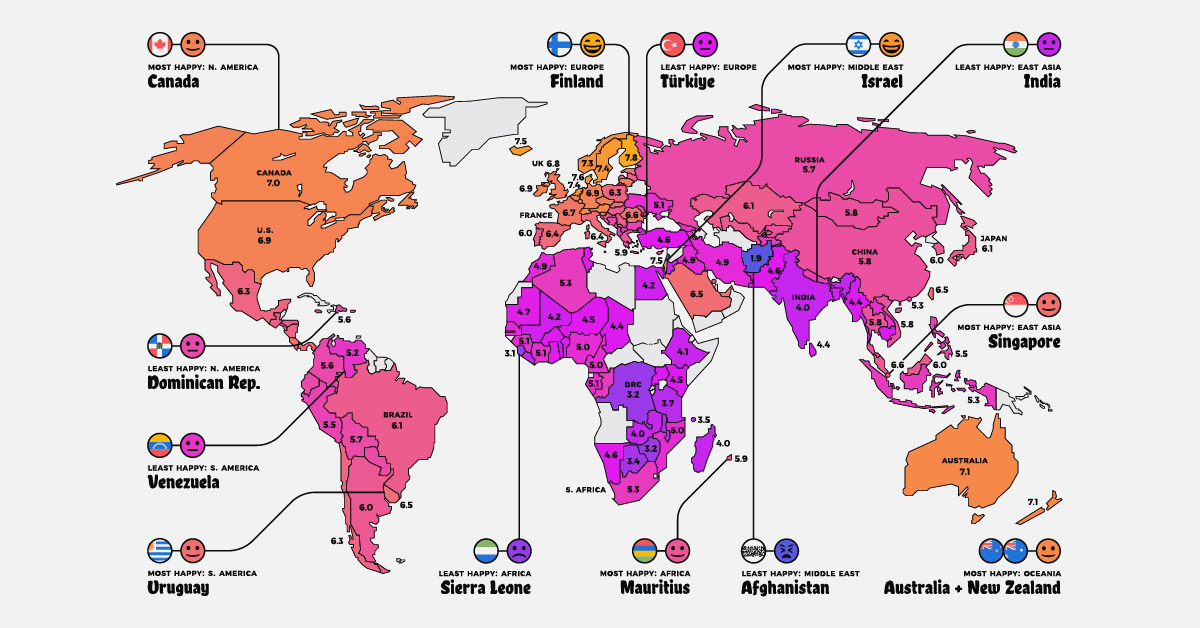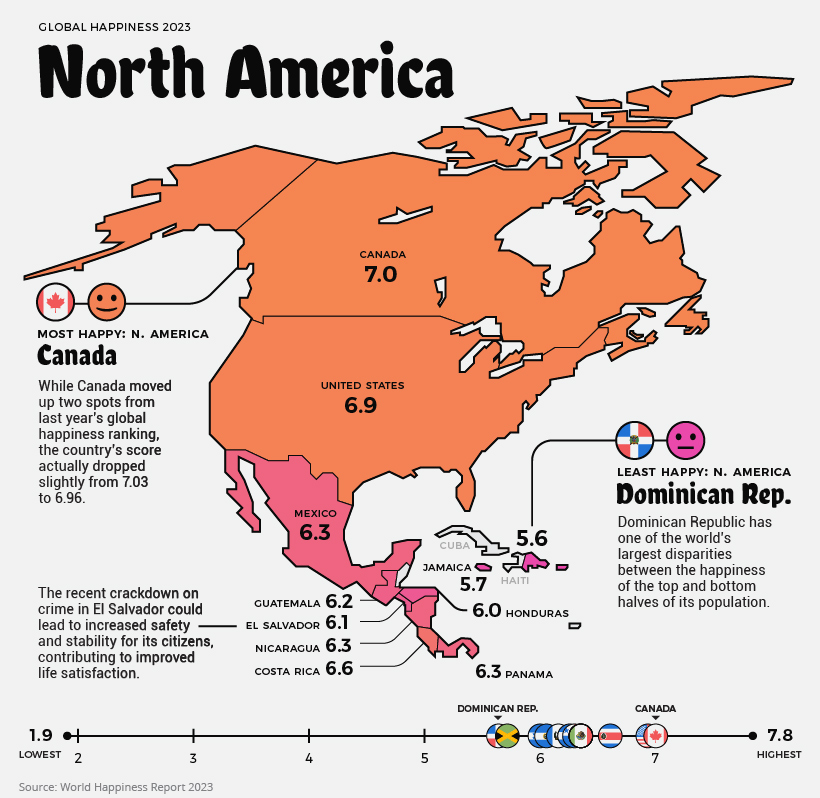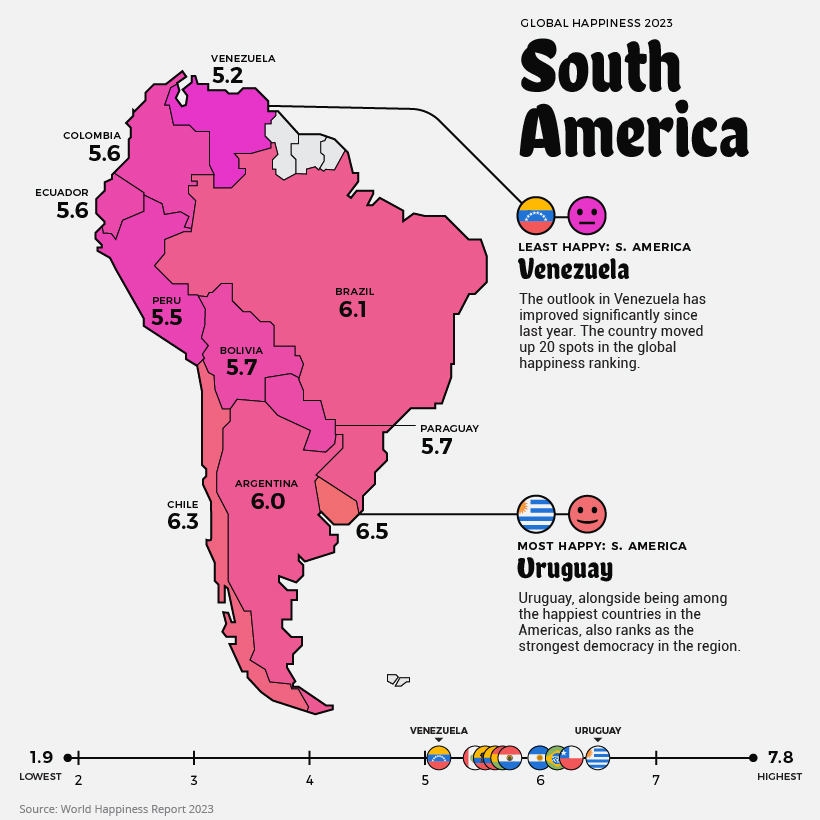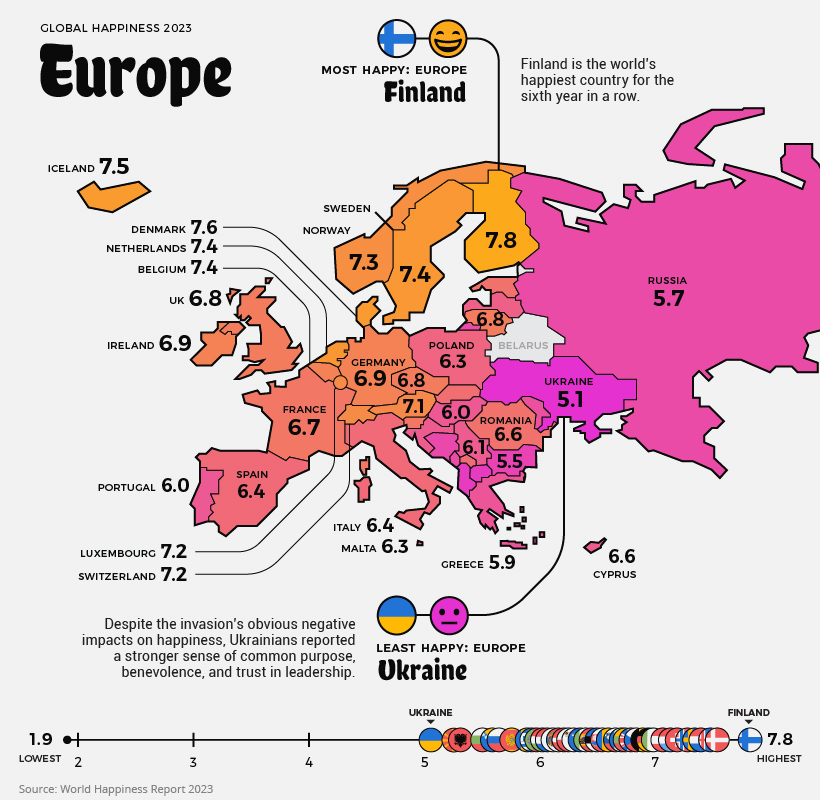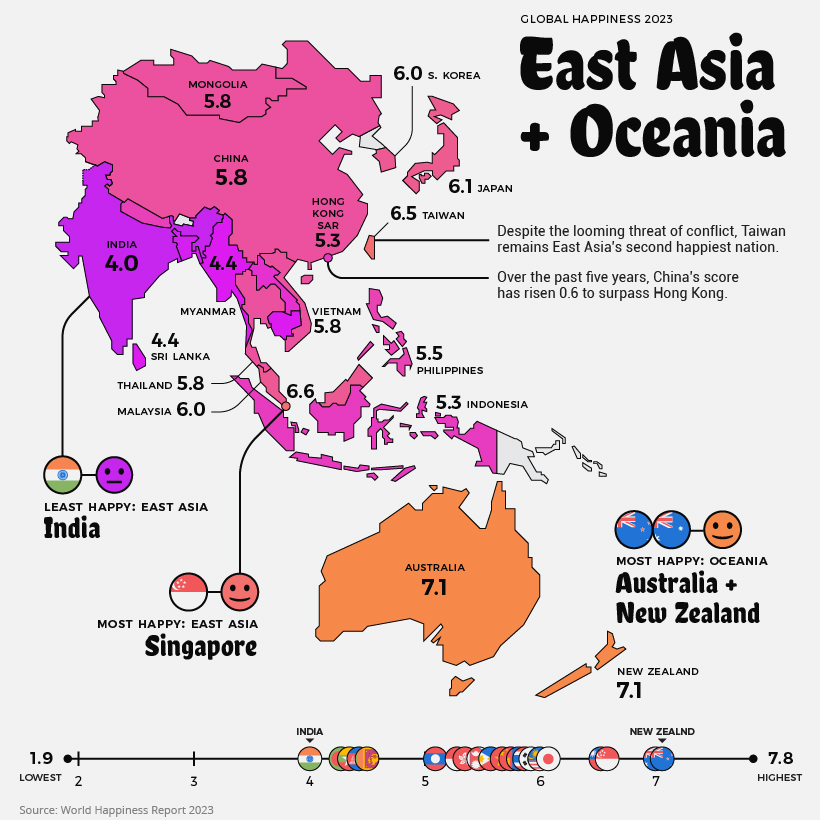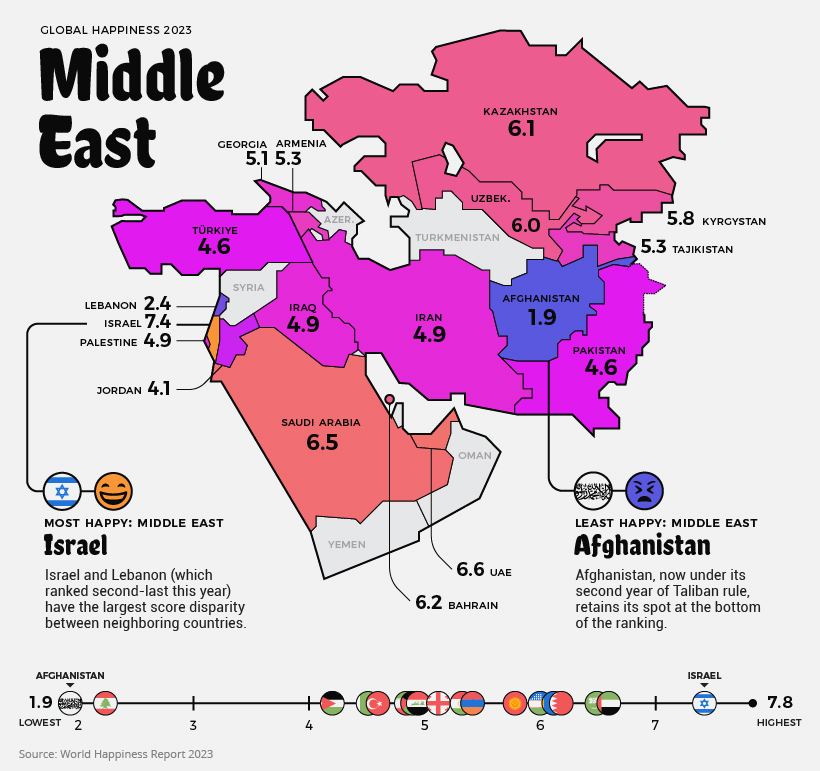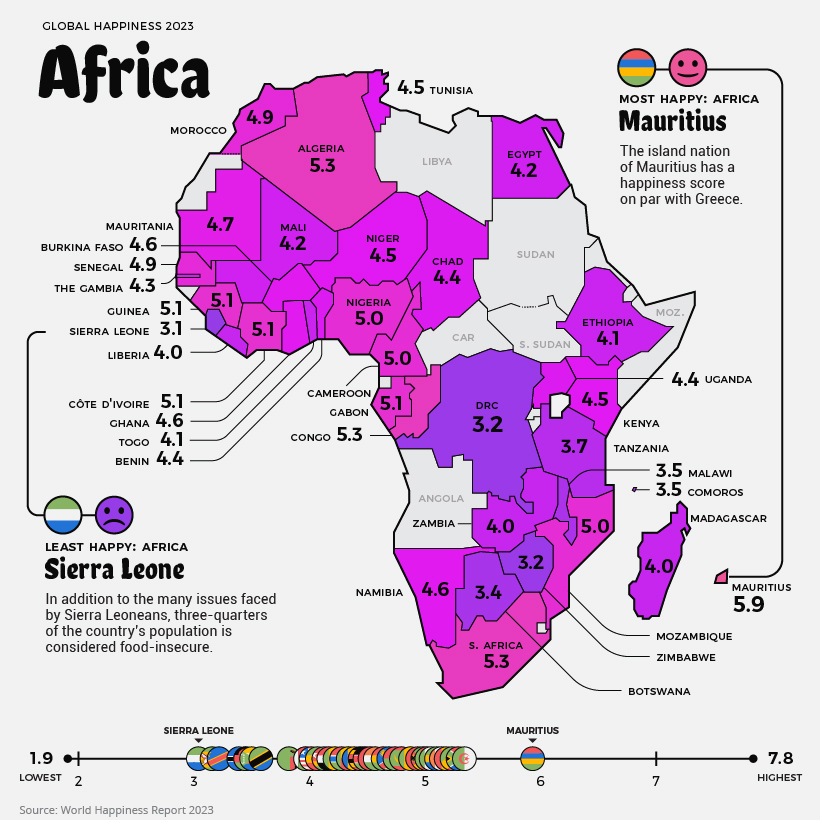Cities like Hong Kong, Bangkok, and London have led city destination rankings for years, but movement within the ranks below them—revealed in the above infographic—help to highlight the intriguing travel trends happening before COVID-19. With data from Euromonitor International’s 2019 travel report, we can uncover where travelers are likely headed once their passports are useful again. Pulling data from 400 cities, collected into mid-2019, the report encompasses millions of international travelers who stayed at their destination longer than 24 hours. Here’s a closer look at where travelers are likely to touch down in post-pandemic life.
Not-So-Lonely At the Top
Although the top of this list has remained fairly stable in terms of rank in recent years, two cities have seen an impressive influx of travelers. Paris and Istanbul both made significant gains between 2017 and 2019 with 20.6% and 37.2% growth in visitors respectively:
Note that only one North American city, New York City, is found in this top 10. As well, Asian cities account for half of the leading group, with two of the top 10 cities are located in China. Although Hong Kong leads the top 100 list, political turmoil led to a marked decline of international visitors of 4.2% from 2017 to 2019. The largest rank changes in the top 10 were made by Macau and Istanbul, but the rise was subtle. Both cities gained two spots each between 2013 and 2018, though each had sizable traveler growth rates, with Macau growing by 19.0%. It’s also worth noting that based on the data collected into 2019, London was projected to continue its downward trend, bringing it to 5th spot—mostly due to complications brought on by Brexit and associated visa restrictions.
Trending: Indian and Japanese Cities Take Flight
Most of the dramatic shifts in city travel patterns are happening below the top 10. Asian hot spots are gaining steam and swiftly making their way up the top 100 rankings, signaling a shift in global preferences before lockdowns began. Take Japan for instance. The five Japanese cities in the top 100 rose by 352 places collectively since 2013. The country’s top city destinations have had an average traveler growth rate of 17.8% from 2017 to 2019. In light of Japan’s impeccable containment of COVID-19, that trend may be compounded in coming years. Japan’s dramatic rise in the ranks is echoed by India. India’s seven cities in the top 100 have risen 229 places — with a huge average growth rate of 44.6% from 2017 to 2019. Some of that growth is the result of lifestyle tourism, particularly in the case of Delhi, which saw its traveler rate grow by 49.6% since 2017. Prior to the pandemic, Delhi was expected to continue that steady growth and experience a leap in rank, which currently sits at 11. — Euromonitor International
Where in the World? Asia and Europe
Asia continues to lead all other regions, followed by Europe. Since 2013, the number of Asian cities in the top 100 has grown from 34 to 43. Asian outbound travel has also seen a surge, spurring a rise in travel campaigns from Europe and the Americas that target Asian travelers on social media platforms like WeChat.
Why the Ranking Matters: In Travel, They Trust
Before the pandemic, tourism was considered a leading and resilient economic sector.
In 2019, 1.5 billion people traveled internationally. By 2030, that number could grow to 1.8 billion—and many cities could become increasingly reliant on tourist dollars.
According to the World Travel and Tourism Council, cities like Macau, Cancun, Marrakech, and Las Vegas are all heavily dependent on direct tourism and travel contributions to their respective GDPs. As of 2018, more than 50% of Macau’s GDP was derived directly from tourism, while almost half of Cancun’s GDP relies on travelers.
Countries like India and the Philippines are also particularly reliant on travel. India has a related job-to-tourist ratio of two jobs for every tourist and the Philippines has a ratio of one job per tourist.
— United Nations World Tourism Organization
Where to Next? Wheels Up
Millions of travelers don’t lie — the siren call of cities is undeniable. In turn, those tourists have become a major lifeforce for many of these destinations, and a boon for the international travel industry. The pandemic has thrown these dynamics off course, with much of the world grinding to a halt since early 2020. However, it’s only a matter of time before the world opens back up again. Although travel may look very different in the future, wanderlust doesn’t simply disappear. In fact, frustrated travelers — including digital nomads and remote workers — may have all the more reason to run away. on Are wealth and prosperity legitimate measures of happiness? How about safety and health outcomes? In the West, we view democracy as a key component to happiness, yet there are countries under authoritarian rule that score high in the Happiness Index. Questions like these make “ranking happiness” a particularly challenging puzzle, but also one worth pursuing. If policymakers have a clearer picture of what conditions can foster happiness, they can enact policies that can improve the lives of people living their jurisdictions. The map above is a global snapshot of life satisfaction around the world. It utilizes the World Happiness Report—an annual survey of how satisfied citizens are worldwide—to map out the world’s happiest and least happy countries. To create the index the map is based on, researchers simply asked people how satisfied they are with their lives. Scores were assigned using these self-reported answers from people living within various countries, as well as quality of life factors. While there may be no perfect measure of happiness around the world, the report is a robust and transparent attempt to understand happiness at the global level. For more detailed notes on the report’s methodology and more, we recommend viewing the info box at the end of this article. Now, let’s look at the world’s happiest countries in 2023.
Global Happiness, by Country
Global happiness currently averages out to 5.5 out of 10, a decrease of 0.1 from last year. Below is a look at every country’s score: Note: Scores have been rounded to the first decimal place. European countries make up the bulk of the top 10, with Israel (#4) and New Zealand (#10) also making it into the top ranks. Finland sits at the very top of the ranking for the sixth year in a row. Now let’s look at the world’s happiest countries on a more regional basis.
North America
Current Mood: Happy (6.3)
North America’s happiness score averages out to 6.3/10. The happiest country in the region is Canada, slightly beating out the United States. However, the scores of both countries have actually decreased from last year. It’s difficult to pinpoint why citizens feel less satisfied, but inflation, economic uncertainty, and many other factors could play a role. The only countries to see improvement in North America were Nicaragua and Jamaica. Although a more recent development, many Jamaicans could be experiencing even more happiness in the near future, with a recent announcement of plans to increase the minimum wage by 44%.
South America
Current Mood: Content (5.8)
South America’s average score is 5.8. Although Venezuela is the continent’s least happy country, its score actually improved from 4.9 to 5.2. That said, the ongoing humanitarian and economic crisis is not likely to instill much hope into the average Venezuelan. Over 6.8 million people have fled the struggling nation since 2014. The two countries in the region with decreased scores were Brazil and Colombia, where citizens have reported feeling worse compared to the year before.
Europe
Current Mood: Happy (6.4)
Europe has some of the world’s happiest countries, with an average regional score of 6.4. Nordic countries like Finland, Sweden, and Iceland repeatedly report high scores, meaning people in these countries feel extremely satisfied with their lives.
Despite fending off an invasion, Ukrainians saw no diminishment of their happiness year-over-year, and many are feeling resilient and purposeful in their fight for freedom. Interestingly, Russia’s score actually increased slightly compared to last year, going from 5.5 to 5.7.
East Asia and Oceania
Current Mood: Neutral (5.6)
East Asia and Oceania’s collective average is 5.6. Oceania alone, however, would have the highest regional score in the world, at 7.1. Bucking conventional wisdom—at least in the West—China has seen a noteworthy bump (+0.6) in its score in recent years. Across the strait, Taiwan records the second highest score in East Asia, after Singapore. India once again has the lowest happiness score in its region. The country’s score has dropped -0.7 over the past decade.
Central Asia and The Middle East
Current Mood: It’s Complicated (5.2)
The average score in the Middle East and Central Asia is 5.2, and the array of happiness scores is wider than in any other region. Afghanistan is the world’s least happy country, with citizens having reported extremely low levels of life satisfaction. Since the Taliban takeover, life has become objectively worse for Afghans, particularly women. There is a lot of conflict in the region. Citizens of Armenia face particular tension with neighboring Azerbaijan, whose score was not recorded for this year. Conflicts in the Nagorno-Karabakh region have led to hundreds of deaths since 2020 and cause daily struggle for those who live in the disputed territory. Iran is still under economic sanctions and faces ongoing tensions with the U.S. and Israel. Some countries, like Syria and Yemen, are so destabilized that no data is available. Still, there are bright spots as well. Israel has one of the world’s happiest countries with a top 10 score this year, and Saudi Arabia and the UAE have scores on par with many European countries.
Africa
Current Mood: Unhappy (4.4)
The least happy region, Africa, averages out to a score of 4.4, and there is a lot of regional variation. The highest score in Africa goes to the island nation of Mauritius. In addition to the country’s natural beauty and stability, there is growing economic opportunity. Mauritius is classified as an upper-middle-income country by World Bank, and is one of the fastest growing high-income markets in the world. Sierra Leone has the lowest score of African countries that were included in the index, followed by Zimbabwe and the Democratic Republic of the Congo. It’s worth noting, there are a few data gaps in the region, including Burundi, which is currently the poorest country in the world. Source: The World Happiness Report which leverages data from the Gallup World Poll. Methodology: A nationally representative group of approximately 1,000 people is asked a series of questions relating to their life satisfaction, as well as positive and negative emotions they are experiencing. The life evaluation question is based on the Cantril ladder, wherein the top of the ladder represents the best possible life for a person (a score of 10/10) and on the flipside, the worst possible life (scored as 0/10). The main takeaway is that the scores result from self-reported answers by citizens of each of these countries. The results received a confidence interval of 95%, meaning that there is a 95% chance that the answers and population surveyed represent the average. As well, scores are averaged over the past three years in order to increase the sample size of respondents in each country. Criticisms: Critics of the World Happiness Report point out that survey questions measure satisfaction with socioeconomic conditions as opposed to individual emotional happiness. As well, there are myriad cultural differences around the world that influence how people think about happiness and life satisfaction. Finally, there can be big differences in life satisfaction between groups within a country, which are averaged out even in a nationally representative group. The report does acknowledge inequality as a factor by measuring the “gap” between the most and least happy halves of each country.
